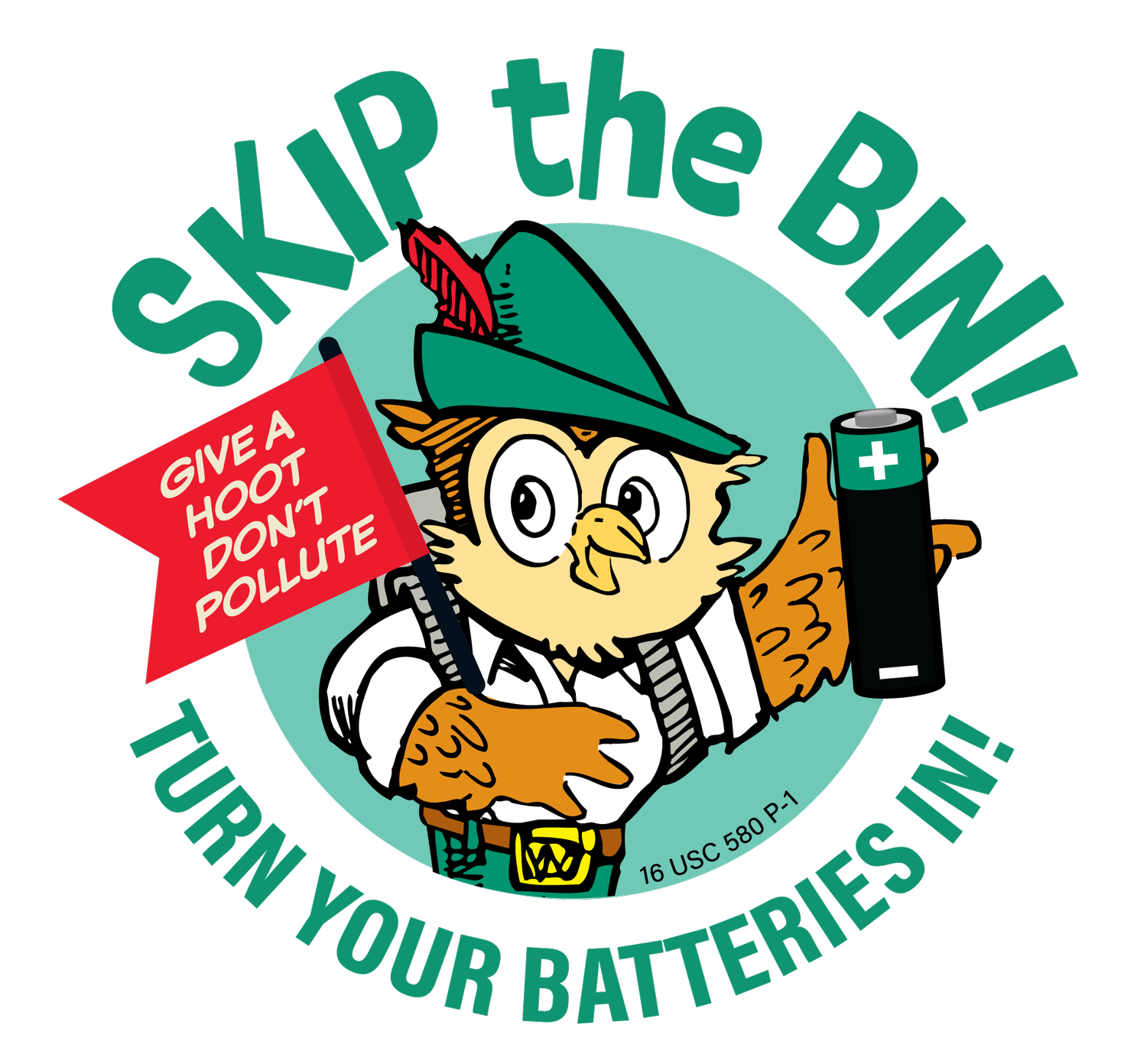NWRA Releases Policy Position Papers on Climate Change and Environmental Justice
ARLINGTON, VA – Today, the National Waste & Recycling Association (NWRA) released two new detailed policy position papers covering issues impacting the industry related to environmental justice and climate change.
“Everyone should be able to live and work in a healthy and clean environment,” said NWRA President and CEO Darrell Smith. “NWRA and its members are committed to providing environmentally safe and effective services while supporting the communities they serve.”
Today’s modern solid waste facilities are highly sophisticated engineered operations. The waste industry has made significant investments to ensure landfills and other waste management facilities are designed, constructed, and operated to ensure the protection of human health and the environment. Among these investments are landfill gas collection technologies and renewable energy facilities.
###
ABOUT NWRA
The National Waste & Recycling Association (NWRA) represents the private sector waste and recycling services industry. Association members conduct business in all 50 states and include companies that manage waste, recycling and medical waste, equipment manufacturers and distributors, and a variety of other service providers. For more information about NWRA, please visit www.wasterecycling.org.
Contact
Brandon Wright
National Waste and Recycling Association
bwright@wasterecycling.org
202-364-3706


